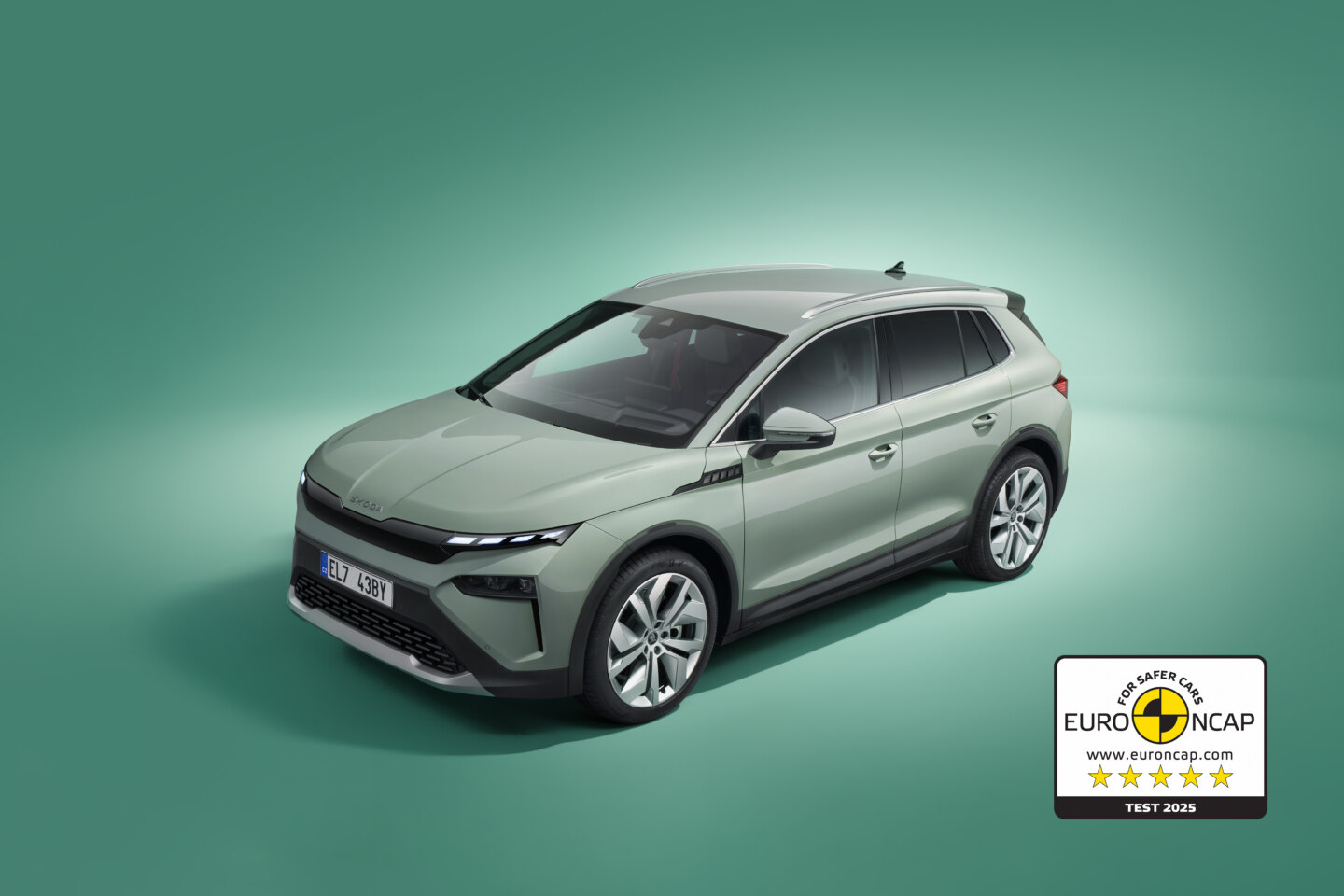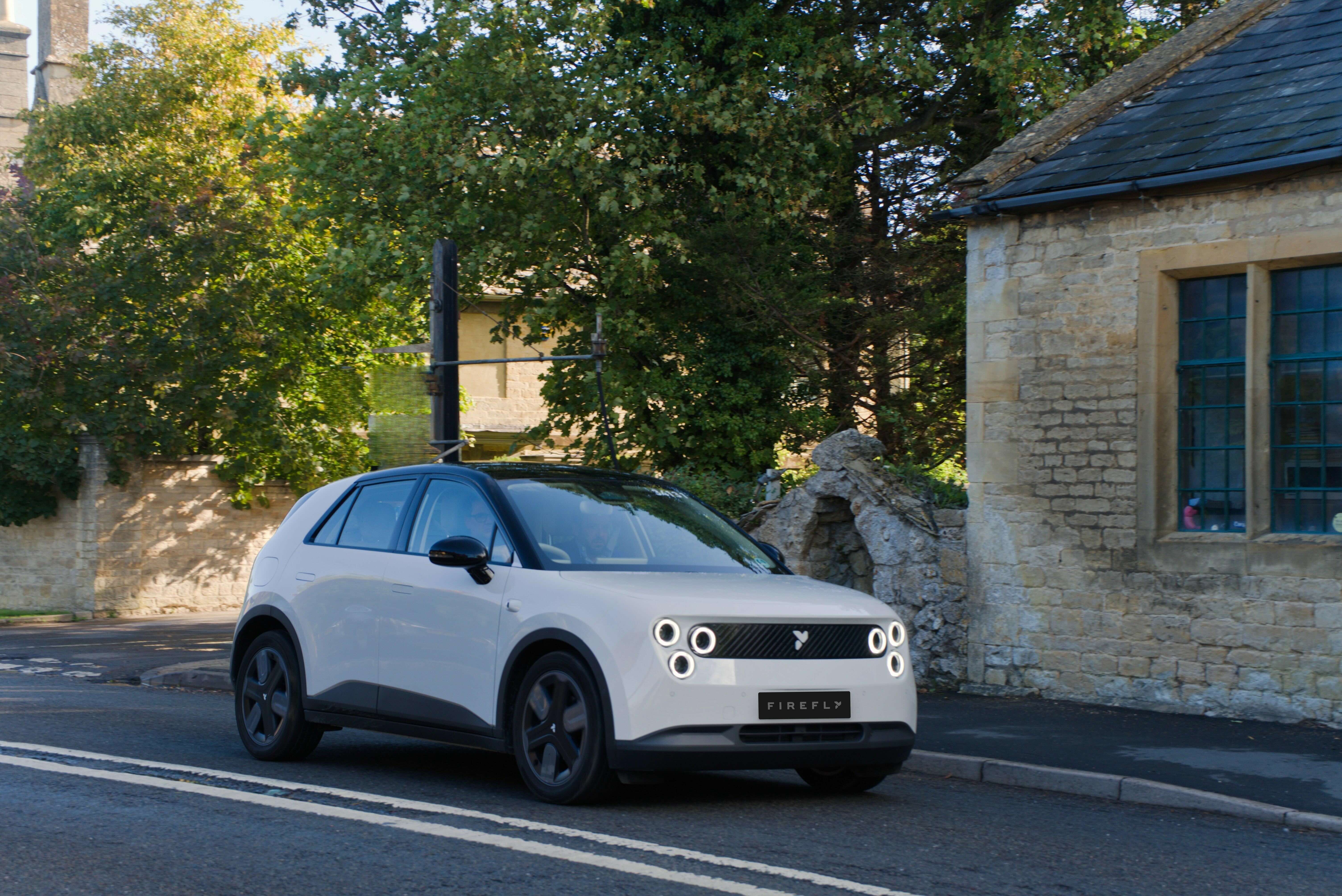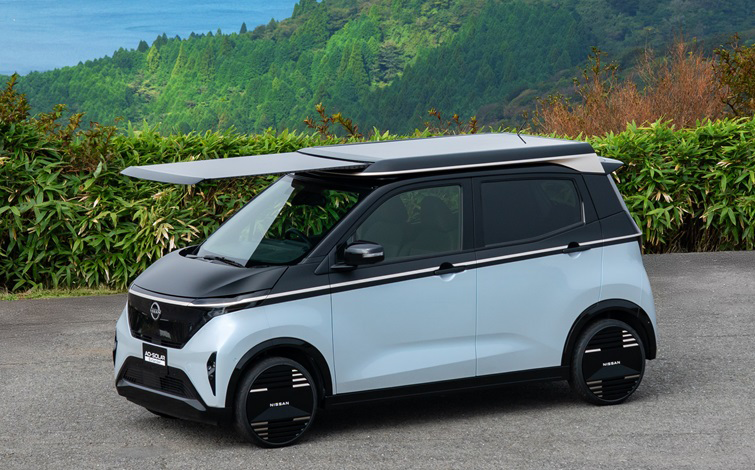The BYD Yuan Plus is expected to become available to order in China already next month with a price between 130.000 and 160.000 yuan (17.106 and 21.054 euros).
This is the second electric car built on the new BYD e-platform 3.0 and if you think that the BYD Dolphin is too small, this might be the right electric car for you.
Initially, this electric car will be available in two range versions, let’s see them in detail.
BYD Yuan Plus standard version
- Length: 4.455 mm
- Wheelbase: 2.720 mm
- Width: 1.875 mm
- Height: 1.615 mm
- Gross vehicle weight: 1.990 kg (with passengers and cargo)
- Curb weight: 1.615 kg (empty vehicle)
- Motor: 150 kW and 310 N.m of torque
- Max speed: 160 km/h
- Battery capacity: 50,12 kWh
- Battery weight: 358 kg
- Battery energy density: 140 Wh/kg
- Battery chemistry: LFP (LiFePO4) Blade battery by BYD
- Range: 430 km (CLTC), 400 km (NEDC) and 320 km in WLTP
- Consumption: 12,2 kWh/100 km (CLTC)
- MIIT code: BYD7003BEVA
BYD Yuan Plus long range version
- Length: 4.455 mm
- Wheelbase: 2.720 mm
- Width: 1.875 mm
- Height: 1.615 mm
- Gross vehicle weight: 2.065 kg (with passengers and cargo)
- Curb weight: 1.690 kg (empty vehicle)
- Motor: 150 kW and 310 N.m of torque
- Max speed: 160 km/h
- Battery capacity: 60,48 kWh
- Battery weight: 402 kg
- Battery energy density: 150 Wh/kg
- Battery chemistry: LFP (LiFePO4) Blade battery by BYD
- Range: 510 km (CLTC), 480 km (NEDC) and 420 km in WLTP
- Consumption: 12,5 kWh/100 km (CLTC)
- MIIT code: BYD7003BEVA1
Curiously, the wheelbase is only 20 mm longer than in the smaller BYD Dolphin.
It’s good to see that with the 60 kWh battery version the energy density reaches 150 Wh/kg and only weighs 44 kg more than the 50 kWh version, which is pretty good for the cobalt-free chemistry LFP (LiFePO4).
Considering that the kWh cost of the BYD Blade batteries is already at 55 euros, it seems to be a no-brainer for BYD to push the 60 kWh version in more affordable models.
Moreover, this 60 kWh battery is the one that I want to see in a global version of the Dolphin. What do you think? How much would you be willing to pay for the extra 15 kWh in the BYD Dolphin?
Anyway, the BYD Yuan Plus is smaller than the Volkswagen ID.4, but larger than the Kia e-Niro. Australians and Europeans will have to wait until early next year to get this impressive electric car.
Finally, I’m curious about the fast charging speed. The TMS (thermal management system) of BYD Blade batteries seems extremely good, but BYD is currently being conservative with the C-rates. Maybe, it’s because the automaker prefers to limit the fast charging rates and offer a great battery warranty instead?!
BYD usually offers an awesome battery warranty for its all-electric cars in foreign markets, for example in South America it’s 500.000 km or 8 years.
What do you think? Which electric car of the new BYD e-platform 3.0 do you prefer, the Dolphin or the Yuan Plus? Is the 60 kWh battery capacity the sweet spot for affordable electric cars? What do you prioritize, a faster charging or a more generous battery warranty?
More info:
https://carnewschina.com/2021/07/14/byd-yuan-plus-approval-documents-submitted/
https://autonews.gasgoo.com/70018536.html
https://www.miit.gov.cn/zwgk/zcwj/wjfb/gg/art/2021/art_d2e13cc07e8c418694fe916283fff832.html


